'Essential Knots: The Clovehitch' is part of the book - Trad Climbing Basics.

The clovehitch is a useful knot for attaching the middle of the rope to an anchor, among many other things. They can take a significant load without slipping and are super easy to adjust.
How To Tie a Clovehitch
Step 1
Make two identical loops in the rope. Put the rear loop over the top of the front loop.

Step 2
Clip a screwgate carabiner through these two loops.
Always use a screwgate - it's possible for one of the loops to be pulled through a snapgate carabiner when it is loaded. The knot will fail if this happens.
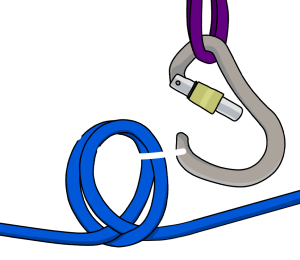
Step 3
Pull it tight and fasten the screwgate.
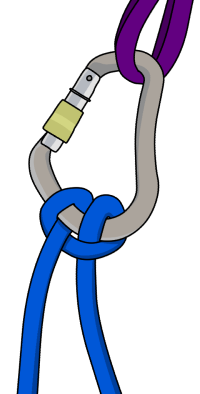
Top Tip
If you need to fit two clovehitches on the same carabiner, you can easily fit them both on a wide 'HMS style' screwgate.
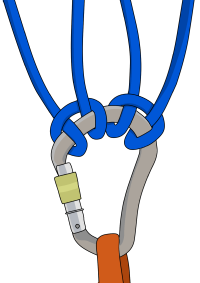
One-Handed Clovehitch
It’s often more secure to attach to an anchor while holding onto it with one hand, particularly during a crevasse rescue.
Step 1
Clip a screwgate to the anchor and spin it so the gate faces outwards.
Step 2
Hold on to the anchor with one hand so the carabiner is held steady and clip the rope through the carabiner with your other hand.
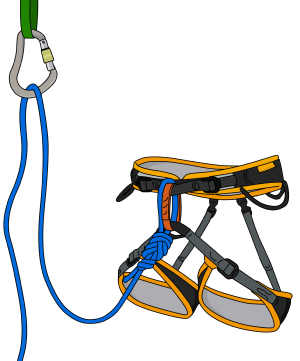
Step 3
If the gate of the carabiner faces right, use your right hand for this step. If it faces left, use your left hand. Reach over the rope at the front and grab the rope at the back with your thumb pointing downwards.
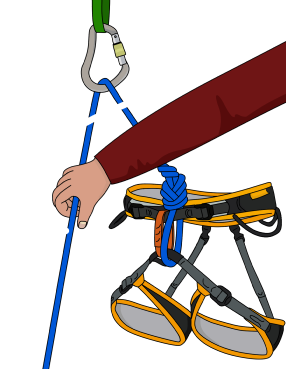
Step 4
Bring the rope forward and twist it so your thumb is upwards.
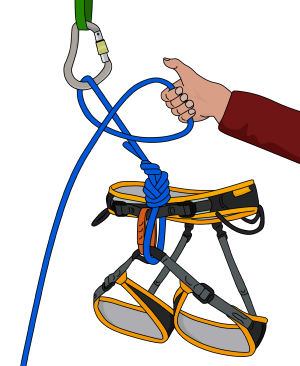
Step 5
With an extra little twist, push it through the gate of the carabiner...
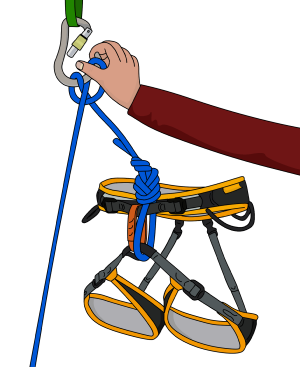
...and pull it tight.
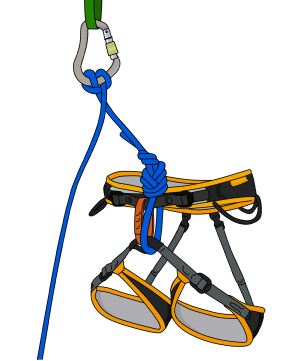
Clovehitch Limitations
Attaching the End of a Rope
Never use the clovehitch to anchor the end of a rope. If it slips, the tail could pull through the knot, untying it.
To anchor the end of a rope, use the more secure figure-8 on a bight.
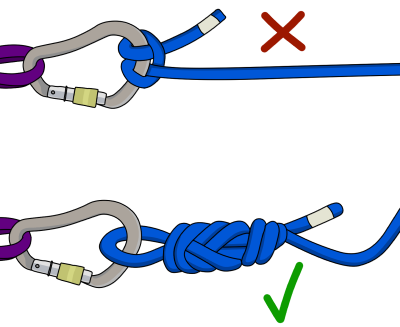
Tying Clovehitches on Snapgates
Part of the clovehitch could easily snap through the gate, making the knot useless. Never tie clovehitches on snapgate carabiners. Use a screwgate, or two opposite and opposed snapgates instead.
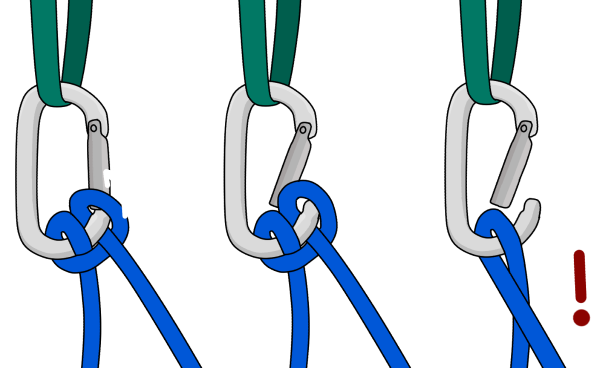
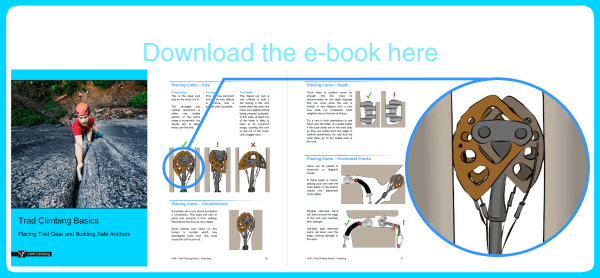





One thought on “The Clovehitch”
Comments are closed.